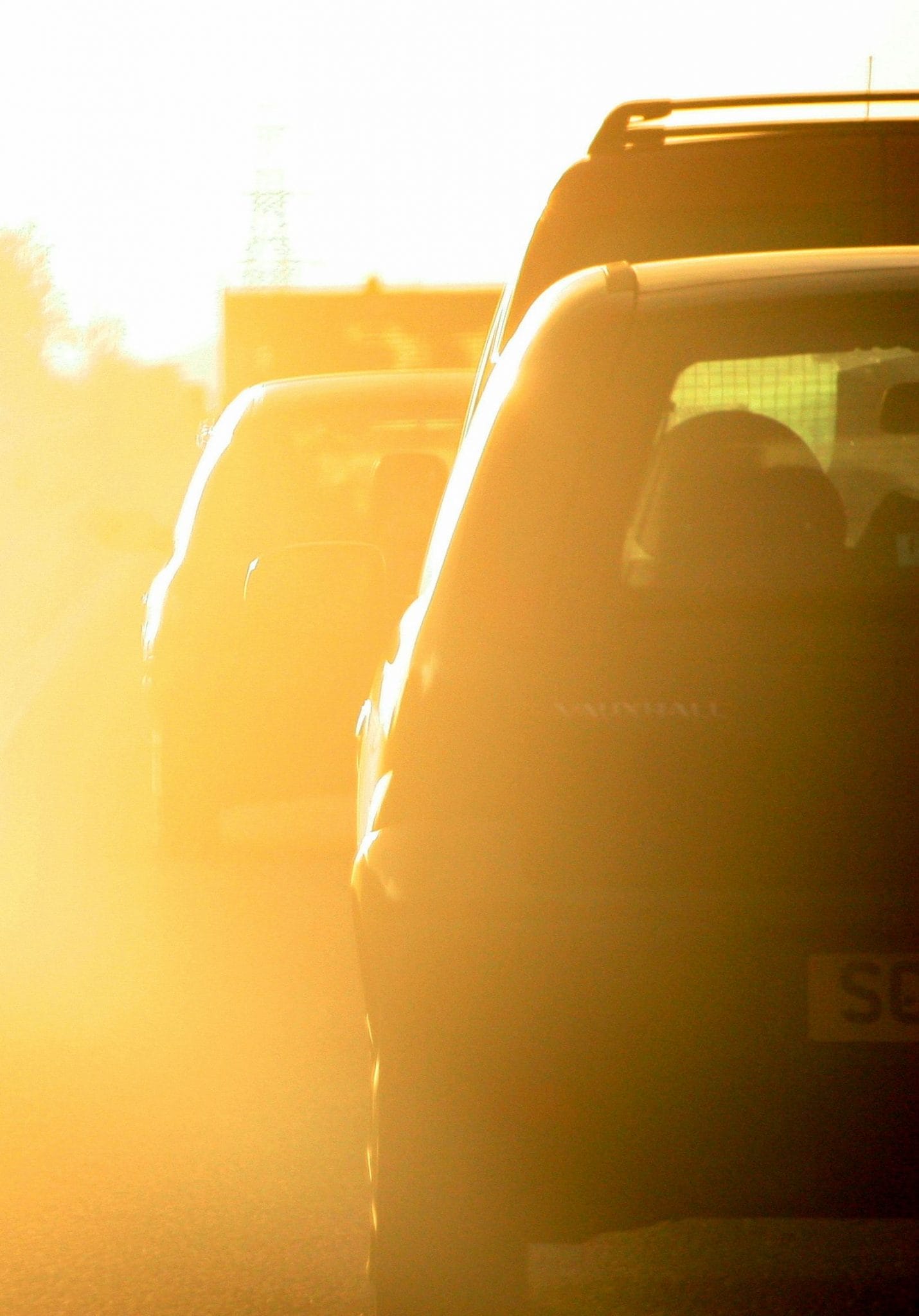
Driving in hot weather can be a dangerous thing. For us Pinoys who are very used to driving in hot weather conditions, this is something that we are used to, yet many of us still get caught out due to a lack of preparation, and because we’re so used to it we tend to ignore it sometimes.
Here are risks that you would encounter including tips to drive safely when driving in on a sunny day.
Sun dazzle
Driving towards the east in the morning, or towards the west in the afternoon can cause you to have vision difficulties due to sun dazzle. That’s why it’s it’s very important to have a clean windshield as dirt diffracts light that will make it hard for you to see. Often times, the car’s visor is not deep enough to protect your eyes from sun dazzle so wearing sunglasses will help a lot as you won’t have to worry about being blinded by the sun’s bright light.
Dehydration and exhaustion
With the air conditioner turned off a car’s temperature can increase rapidly when left in the heat of the sun. With your windows left open, the temperature may be not as much but is still hotter than that outside of your car. Bear in mind never leave kids or pets in your car when you leave it, even for a few minutes. You should bring them with you if you plan to leave out your car in the heat.
Heatstroke is also something you should watch out for when driving in hot weather. Heatstroke is a medical condition wherein the body reaches 40 degrees Celsius due to prolonged heat exposure. In this case a person may experience mild seizures and even death if not treated properly and immediately once the symptoms occur. That’s why keeping yourself hydrated is very important when driving especially on long journeys. While drinking coffee, energy drinks, and softdrinks may help you keep awake, bear in mind that they are diuretic and will cause your body to pass more fluids than the usual. Bring water with you in your journey so you can replenish your body fluids and remain hydrated.
Slippery grime after a rain
Oil and dirt accumulated on the asphalt when mixed with water becomes very slippery so be really, really careful when driving especially in the first few hours after it has just rained right after a long hot weather.
Sunburn
Getting a sunburn increases your chances of acquiring melanoma skin cancer in the long term. Many driver’s who choose to drive with the air conditioner off and windows open have a tendency to hang their arm out the window. This makes your arm susceptible to sunburn in a hot summer day so it’s advisable to put on sunscreen and also an arm sleeve to protect your skin.
Engine overheating
Hot weather could post a challenge to your vehicle’s cooling system. Make sure you fill up your radiator with coolant and water before you take your car out on a sunny day. If your engine overheats in the middle of your journey, try to pull your vehicle to the farthest right side of the road as you can so you won’t be an obstruction to other road users. Never open the radiator cap right away as the accumulated heat pressure will scald you. The first step is to cool it down so you can open the radiator cap. Try to wash the radiator and cooling system from the outside first and put a wet rag or cloth on top of the radiator covering the cap so it could dissipate heat quicker before removing the cap.
Washer liquid
Many motorists overlook this. Dust and dirt can accumulate on your windshield on a hot dry weather and your wipers together with your some water can be sufficient to have it removed. So don’t forget to check your washer liquid to make sure it has enough in it.
Window shades
This is crucial if you have babies or little children on board. Because their skin is sensitive having window shades will protect them from the damaging effect of the sun.














































